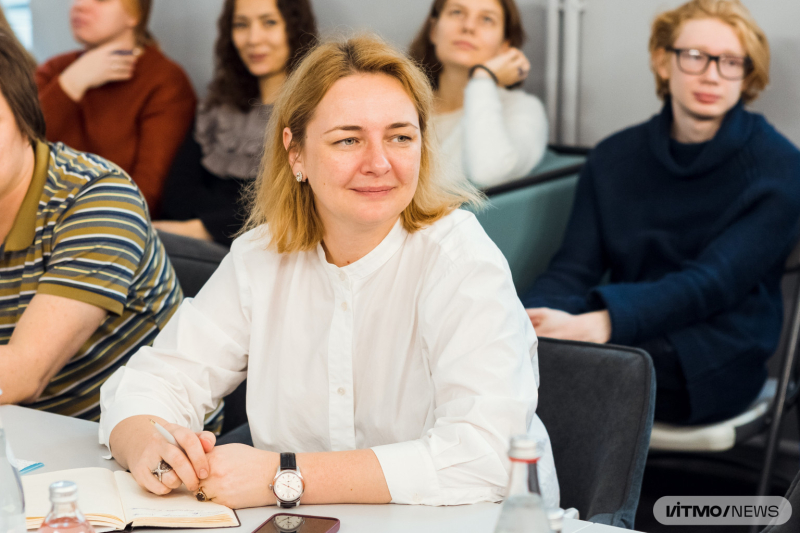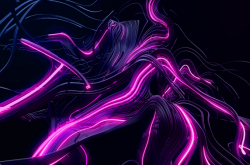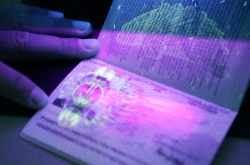When dispersed in the air, liquid forms a cloud of droplets – this is the principle behind the sprays we use on a daily basis, such as perfumes or throat medicine. Chemists refer to such clouds as droplet clusters. This phenomenon was discovered by Alexander Fedorets, a scientist from Tyumen State University, 20 years ago. A droplet cluster is a self-organized system of particles with its own interaction principles. Within this aggregation of liquid, droplets can transmit information from one to another, creating a communication network. This system can be programmed to solve specific tasks (such as generating random numbers or finding a way out of a maze), but it is essential to understand the principles that govern it and how to control it. This is no easy feat, as reactions unfold quickly and it’s impossible to “catch” droplets in motion. Now, thanks to the solution by researchers from ITMO University and Tyumen State University, it is possible to observe the processes within such systems and track the patterns of particle behavior.
In a special setup assembled at Tyumen State University, it is possible to observe a reaction between melamine and cyanuric acid in a dispersed cloud of liquid. Researchers at ITMO University have long been working with these reagents and can accurately predict how supramolecular crystals (crystals made from more than two closely linked and interacting molecules) will form within the liquid particles. These crystals are visible inside the droplets, allowing researchers to track changes in their behavior during the reaction and capture them. When a beam of light falls on the cloud, highlights appear inside the droplets, and the crystals blink at different frequencies, thus transmitting data about their state. As the particles rotate, the highlights that encode the information contained within the droplets are passed from one crystal to another. It’s thanks to these reflections that communication occurs within the system.
With the algorithm developed by the scientists, it’s possible to interpret the data transmitted by droplets and translate it into a language we understand. Images of the chemical reaction are uploaded into a neural network. It detects patterns in the behavior of particles and transforms the data into a map, where droplets are represented in different colors depending on their rotation frequency and intensity of luminescence. This allows us not only to listen to music created by nature, but also to calculate the principles governing the functioning of such systems.
“The main goal of our work is to demonstrate the flow of processes in such chemical systems and how we can control it. However, we were also able to reprogram the behavior of the droplet cluster. By changing the temperature of water in the setup or the volume of reagents, we can either increase or decrease the number of droplets – and then observe the changes in their interaction. We were able to confirm that information can be transmitted from one droplet to another. This opens up opportunities to use this system to create chemical computers as an alternative to electronic devices. Moreover, such systems are biocompatible, meaning that we can program living systems as well. For example, we can put a bacterium inside a droplet and manage its behavior,” shares Prof. Ekaterina Skorb, one of the project’s authors and a leading researcher at ITMO University’s Infochemistry Scientific Center.

Ekaterina Skorb. Photo by Dmitry Grigoryev / ITMO.NEWS
Driven by their love for art, the researchers equipped the neural network with the ability to transform the droplets’ signals into musical tones. It turned out that particle communication can also be turned into sound; this was titled a “microorchestra” of the levitating droplet cluster. In this creative novelty, a whole-tone musical scale is used to generate music: it contains six instead of the classical seven notes, which gives the microorchestra its jazz-like sound. What’s more, the number and composition of musical instruments can also be adjusted, while the AI can be set to produce faster- or slower-paced music, as well as switch between minor or major chords. The corresponding musical sheet can be downloaded, giving enthusiasts an opportunity to recreate the music of the microorchestra on their pianos.
This research project is supported by the Russian Science Foundation grant No. 24-13-0035.





